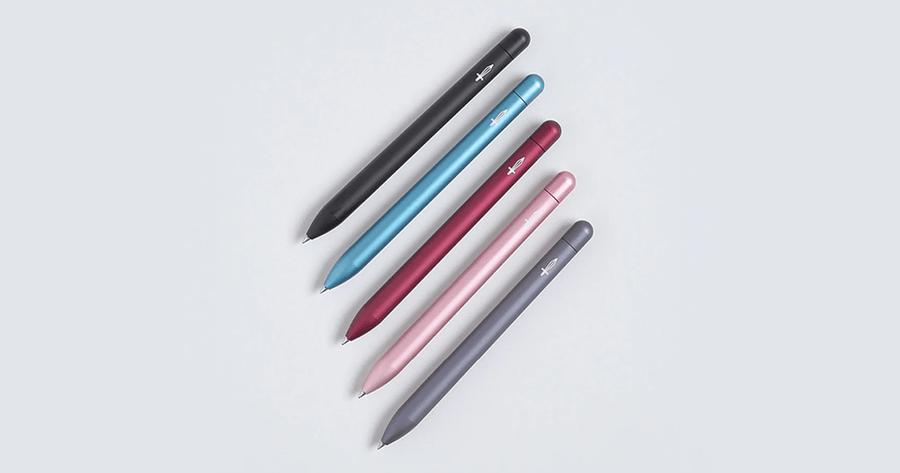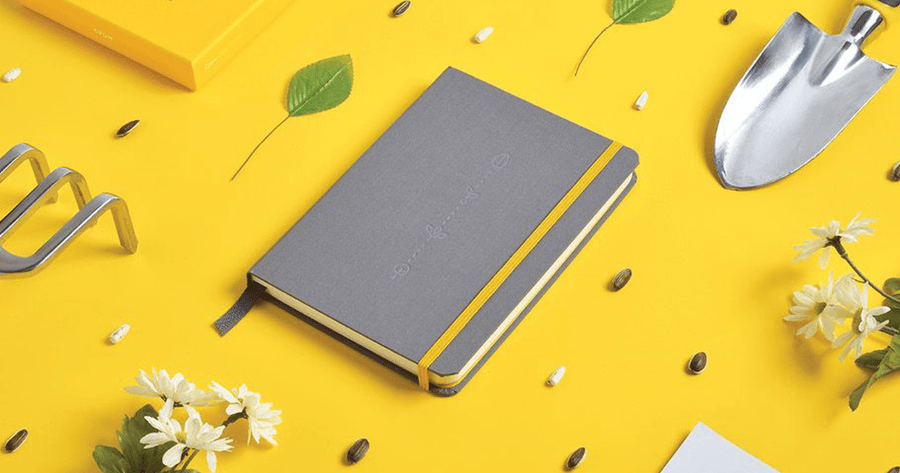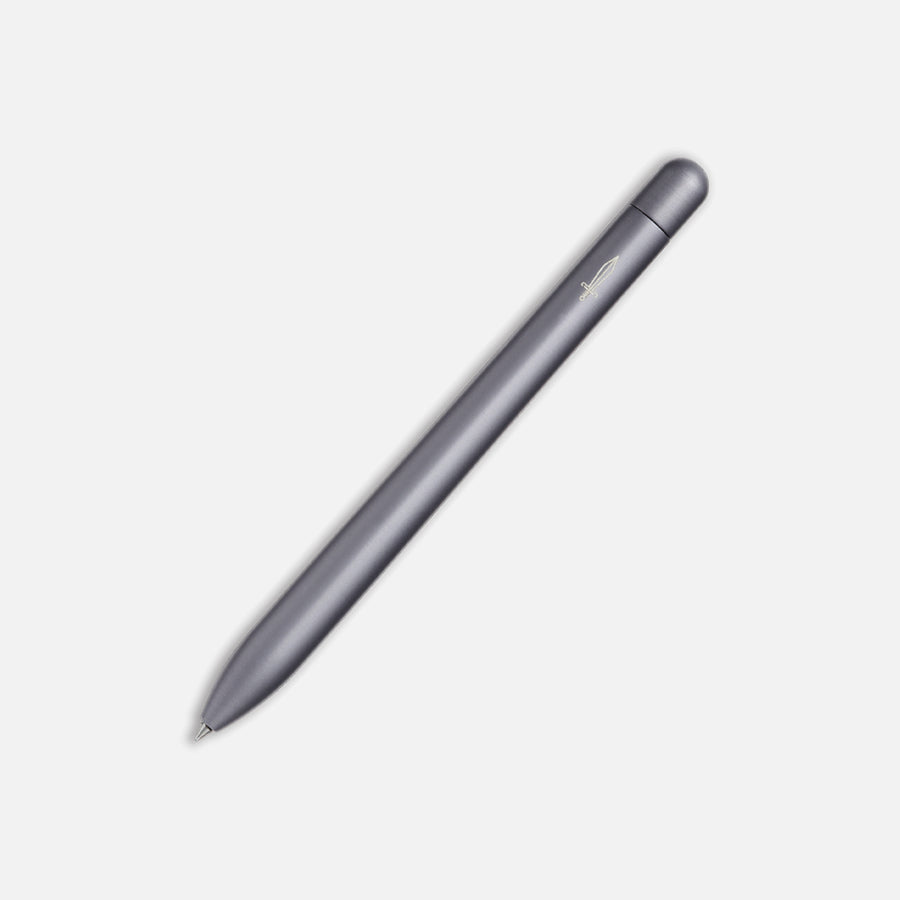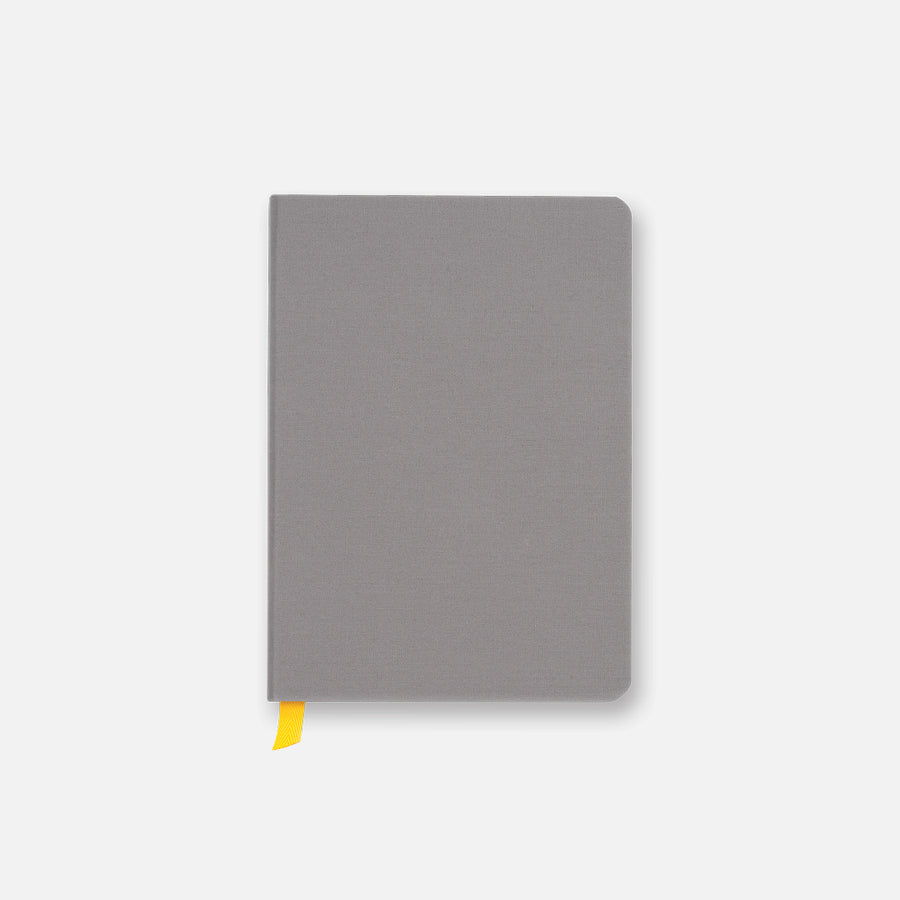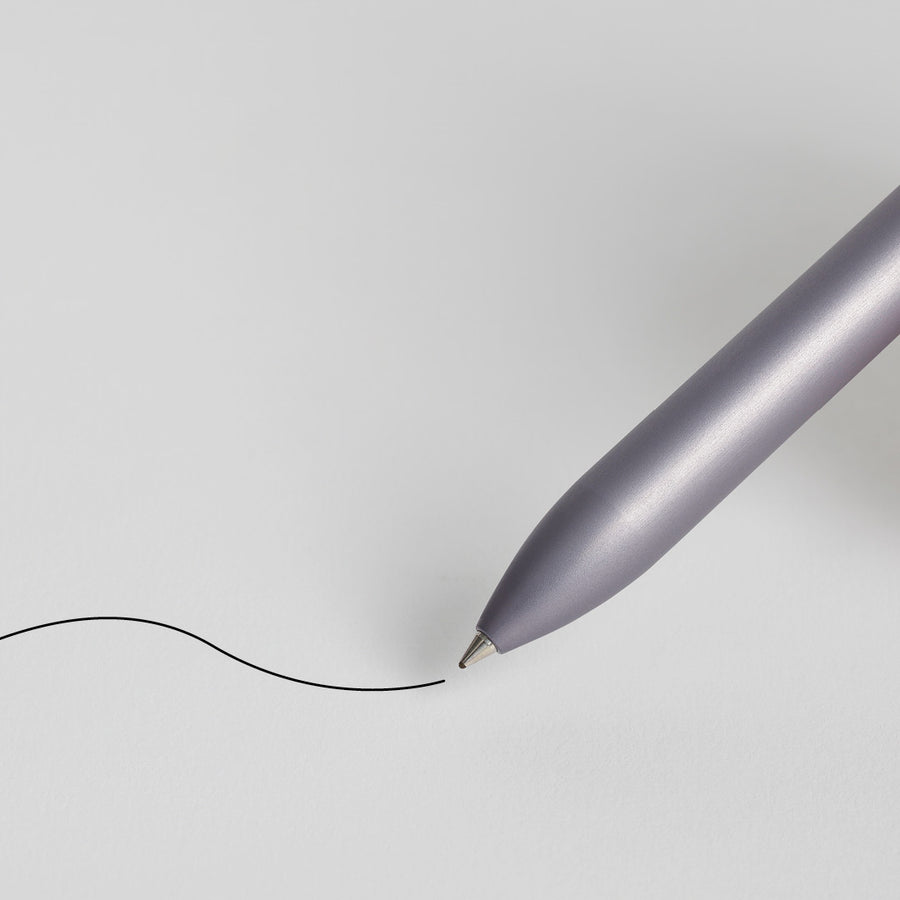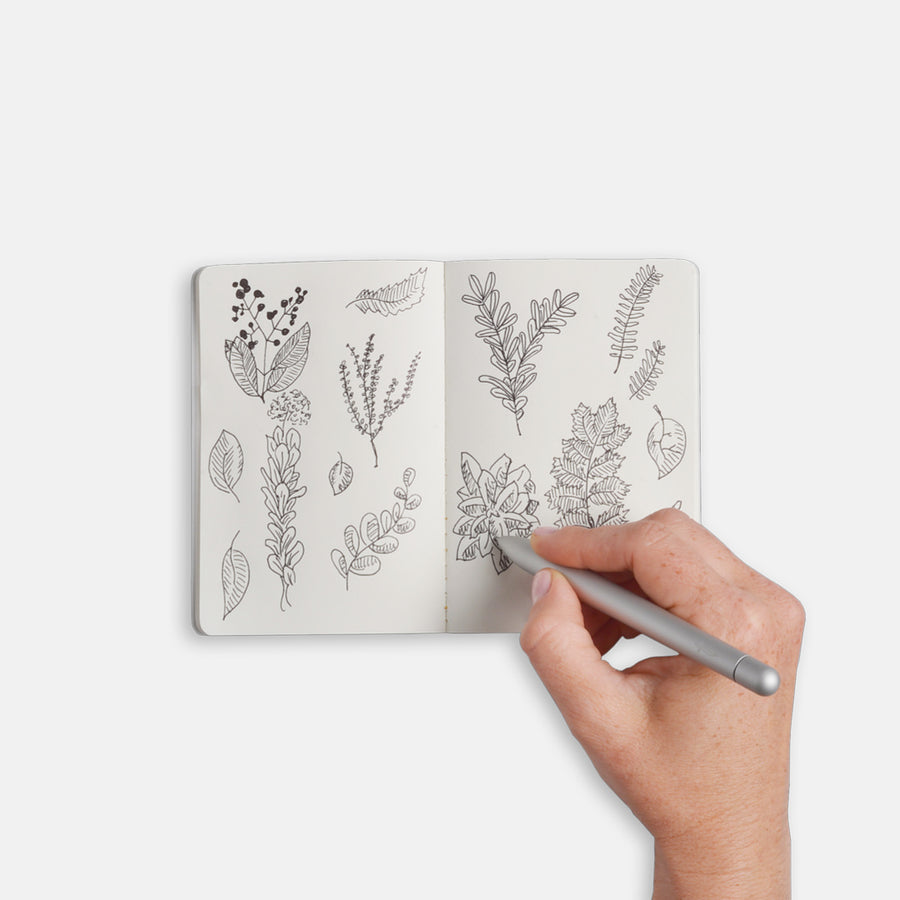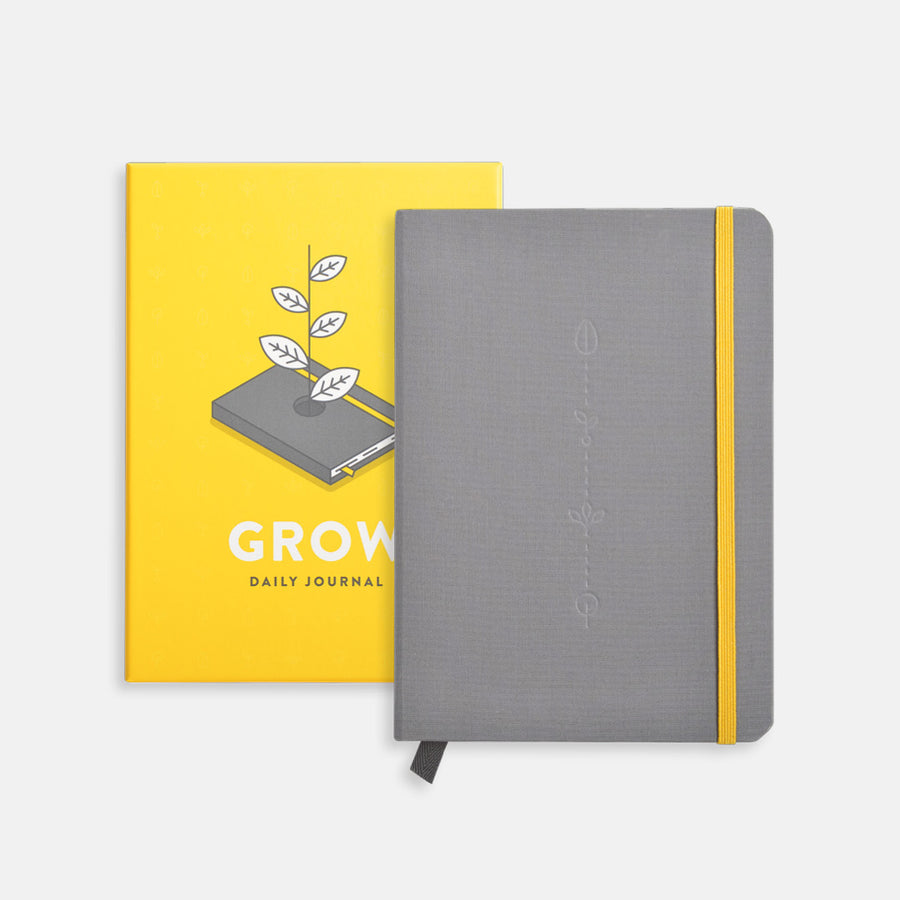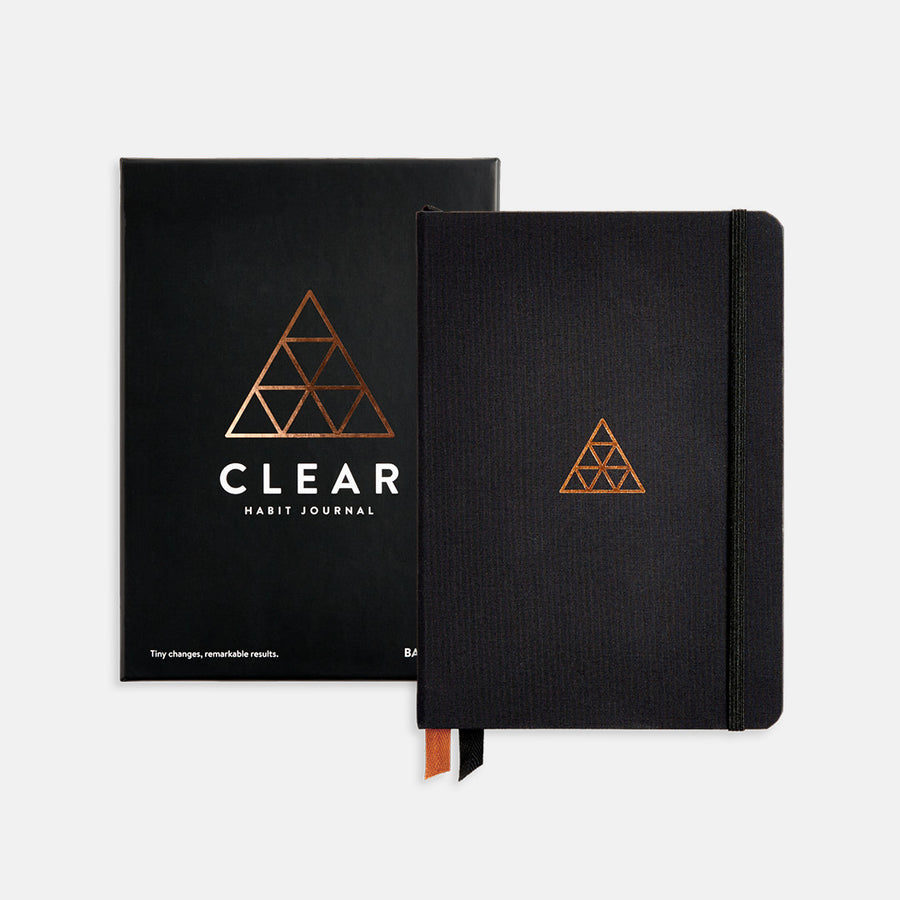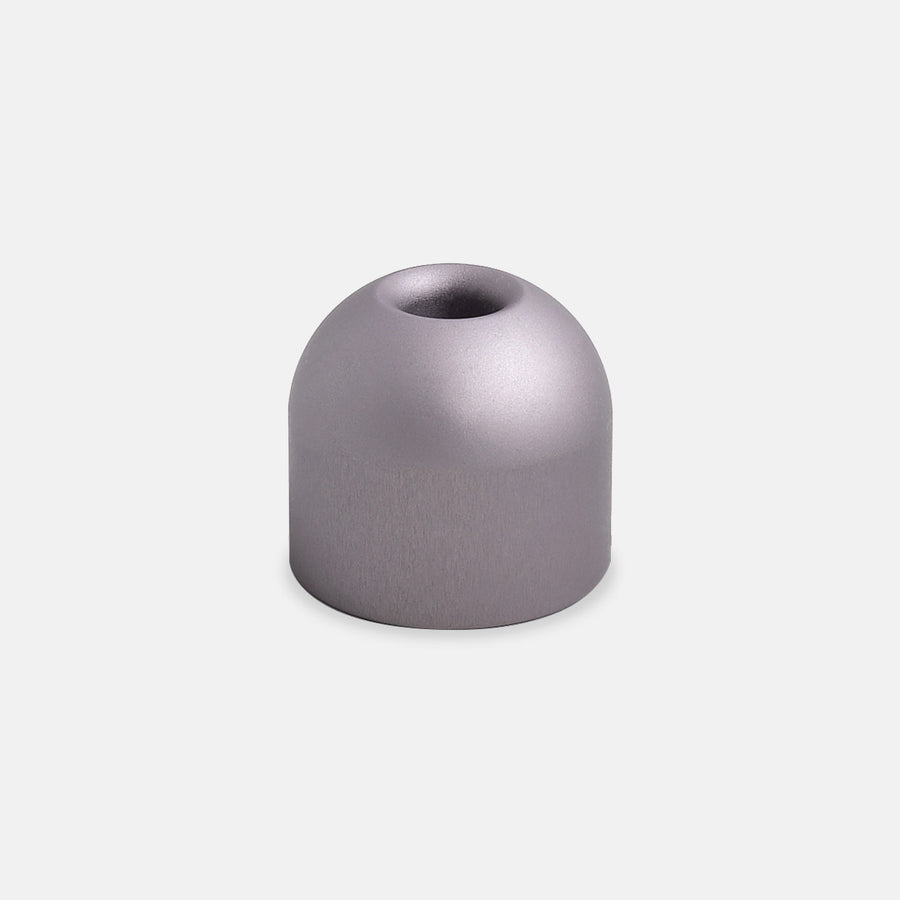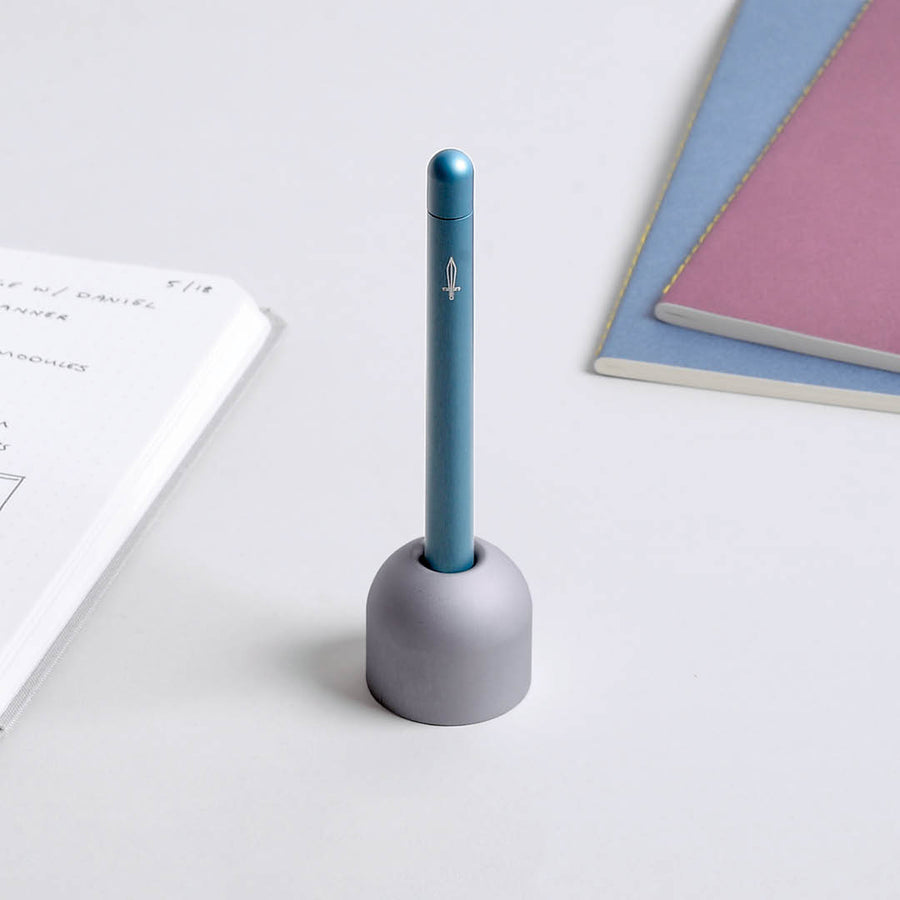Design isn't just about creating something visually appealing. At its core, good design fuses form with function, ensuring that an object not only looks good but also performs its task efficiently.
When it comes to tools for thinkers—like pens, notebooks, and desk accessories—understanding the science behind their design can transform how we perceive and use them. In this article, we'll delve into the fascinating interplay of ergonomics, aesthetics, and how they shape the very tools that boost our productivity and creativity.
Ergonomics: More Than Just Comfort
When you think of a pen that fits snugly in your hand or a notebook that opens flat effortlessly, you're stepping into the world of ergonomics. Derived from the Greek words "ergon" (work) and "nomos" (laws), ergonomics is the science of designing products tailored to the human body and its movements.
- Efficiency and Accuracy: Tools designed with ergonomics in mind allow us to work faster and more accurately. For example, the grip of a pen influences how steadily we can write or draw, directly affecting the quality of our output.
- Preventing Strain: A well-designed tool reduces the risk of repetitive strain injuries, ensuring that extended periods of writing or sketching remain comfortable.
- Adaptability: Ergonomic designs often cater to a wide array of users, ensuring inclusivity and adaptability for people with different needs.
Aesthetics: The Power of Beauty
While ergonomics focuses on physical interaction, aesthetics addresses our emotional connection to objects. The look and feel of a tool can evoke emotions, inspire creativity, and even influence our motivation to work.
- Mood and Creativity: Studies have shown that being surrounded by beautiful objects can boost mood and enhance creativity. A beautifully crafted notebook or a sleek pen can serve as a source of inspiration, urging us to put our ideas onto paper.
- Identity and Expression: Our choice of design often reflects our personality. Whether it's a minimalist journal or a vibrant, patterned one, these tools become an extension of our identity.
- Motivation: Aesthetically pleasing tools can also act as motivational triggers. The allure of a new pen or the tactile feel of premium notebook pages can drive us to write more, plan better, and ideate freely.
Harmony in Design: The Ideal Blend
The magic happens when ergonomics and aesthetics come together. A pen that feels right in your hand and also delights your eye is more than just a writing instrument—it's an experience. Similarly, a notebook that pairs usability with visual allure becomes not just a repository of thoughts but a cherished companion.
Productivity Through Design
Understanding the science behind design isn't merely about appreciating the tools we use. It's about recognizing the intent, the research, and the meticulous crafting that goes into making everyday objects extraordinary. By blending the principles of ergonomics with the power of aesthetics, we're presented with tools that not only enhance our efficiency but also elevate our spirits.
So, the next time you reach for that exquisitely designed pen or open your carefully crafted journal, take a moment to appreciate the science and artistry that went into its creation. Because in the world of design, beauty and functionality aren't just companions—they're two sides of the same coin.
Discover a range of tools designed with both beauty and functionality in mind. Browse our collection and experience the science behind good design firsthand.
